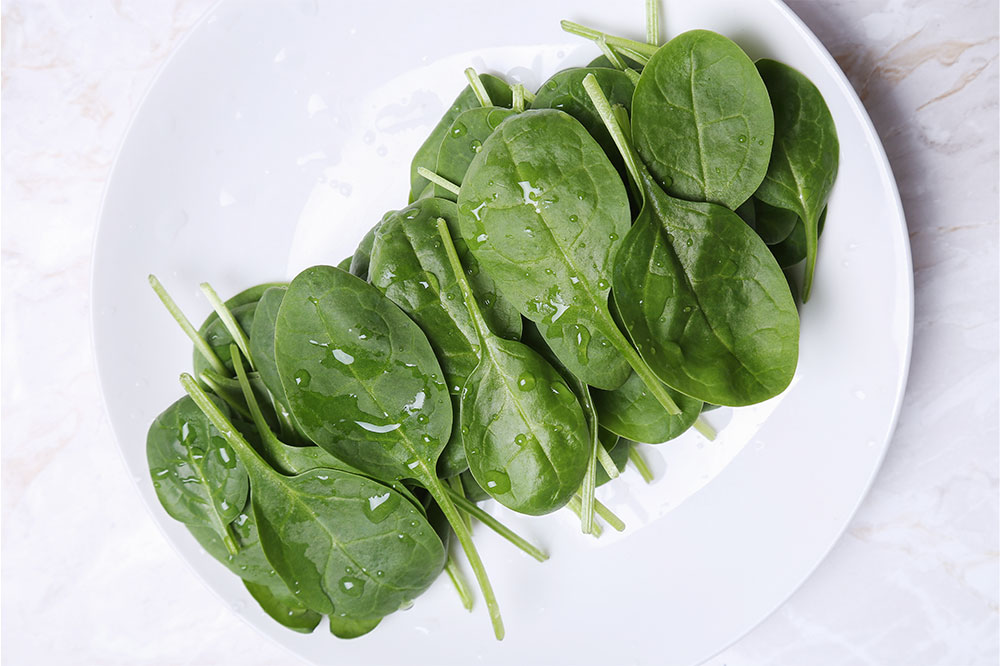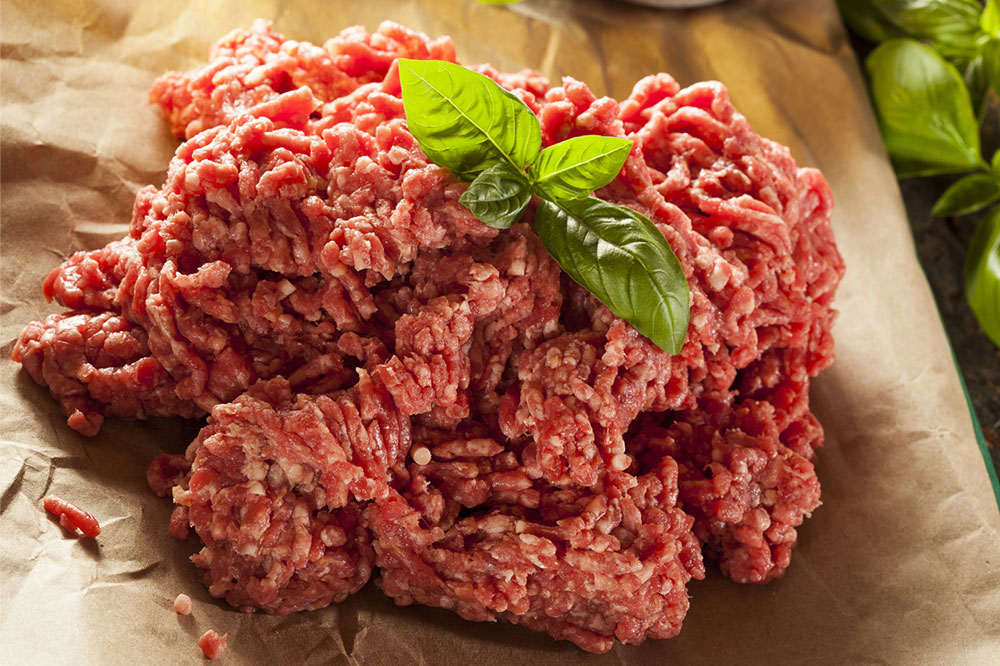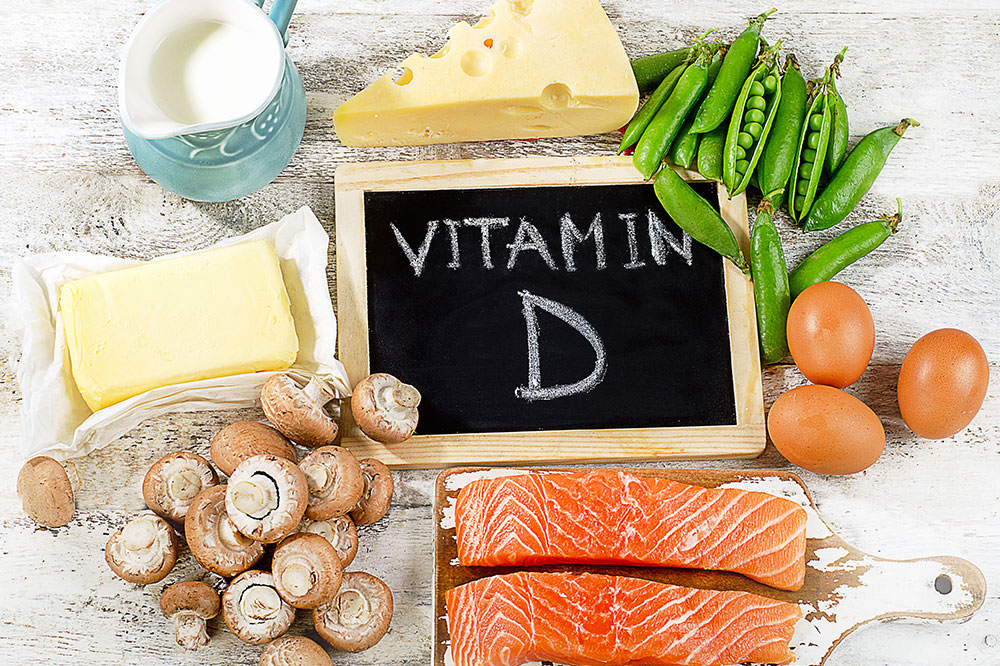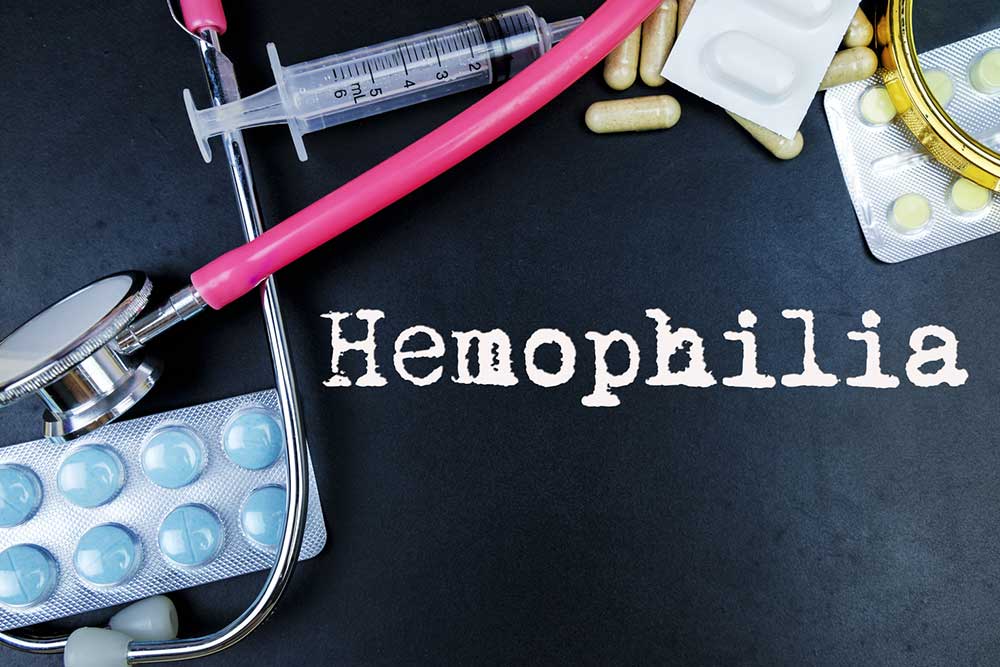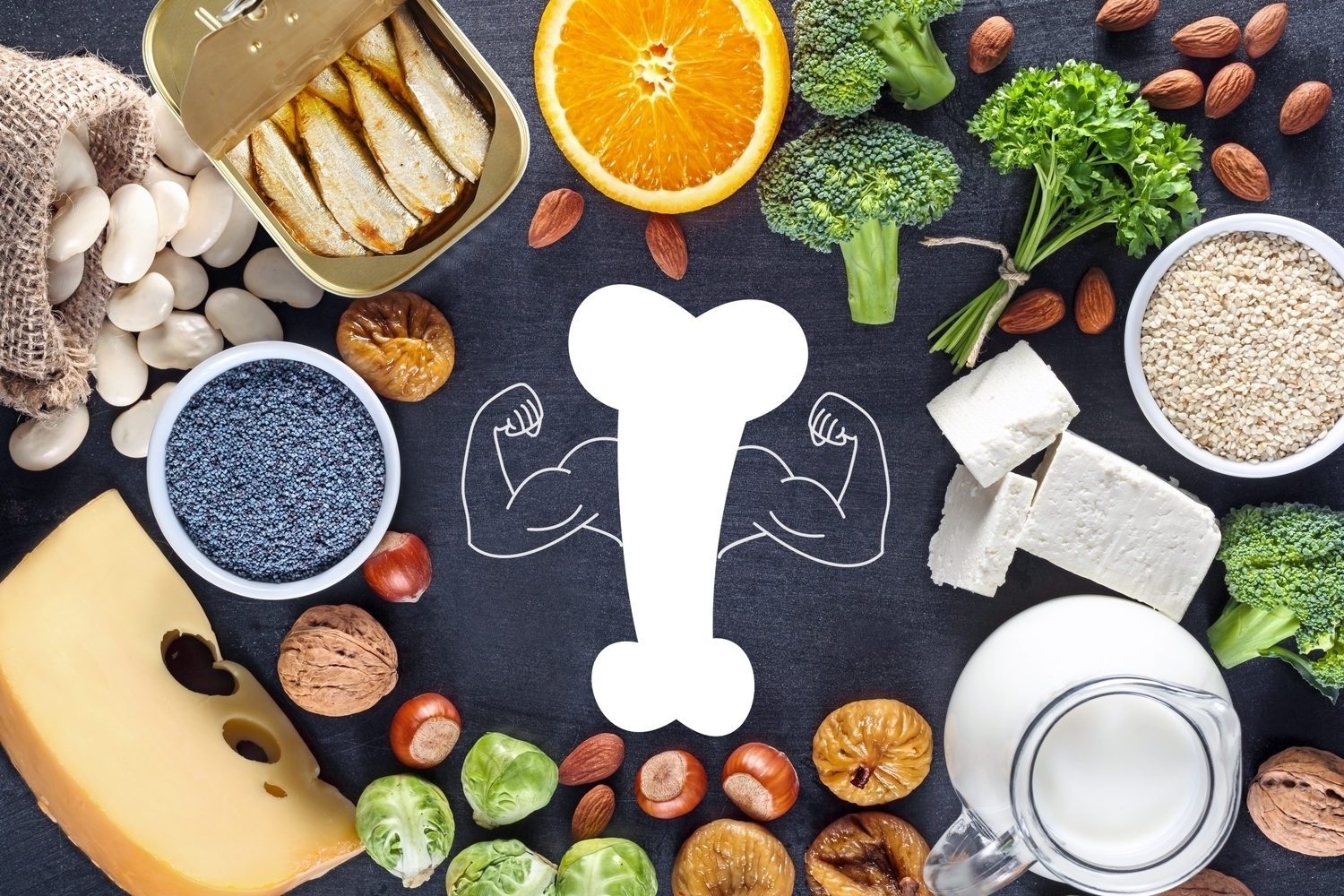Top 4 Nutritional Recommendations for Managing Hemophilia
Learn about four key dietary strategies to help manage hemophilia, including foods rich in calcium, iron, and essential nutrients. Proper nutrition plays a crucial role in strengthening bones, promoting blood clotting, and supporting overall health in individuals with this genetic bleeding disorder.
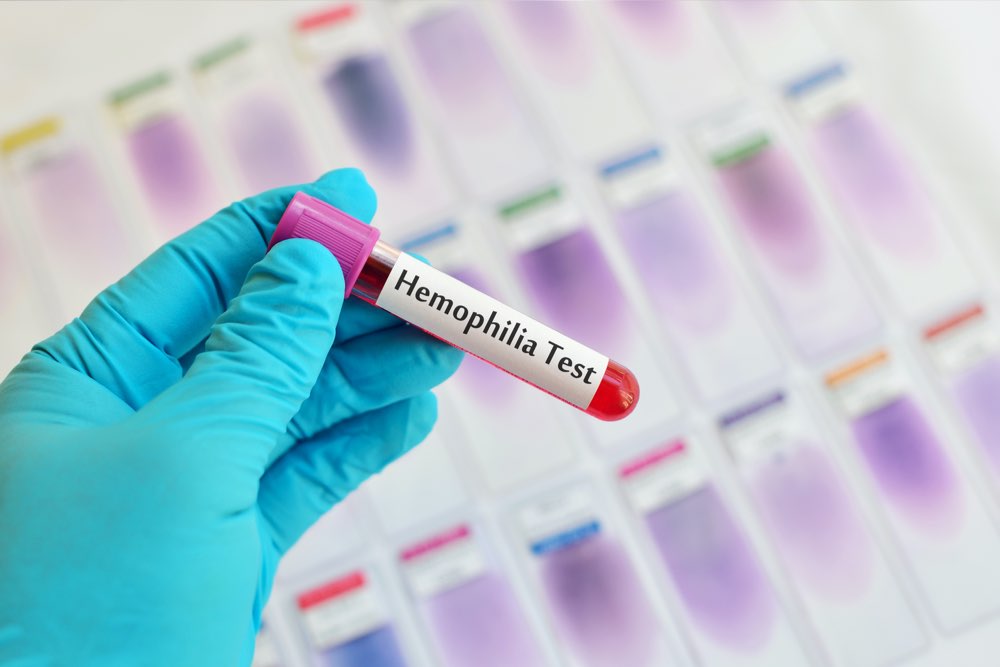
Top 4 Nutritional Recommendations for Managing Hemophilia
Hemophilia is an inherited blood disorder primarily identified during childhood. It hampers the blood’s ability to clot properly, leading to excessive bleeding that can pose serious health risks. This condition results from a deficiency in specific clotting proteins, known as clotting factors, though it may also be caused by immune-related factors.
While treatments like physical therapy, clotting factor replacement, and vaccinations are essential, dietary modifications can also play a significant role in symptom management and prevention of complications. Here, we explore four key foods beneficial for individuals with hemophilia:
Whole grains
Foods like oatmeal, brown rice, and barley are rich in fiber and nutrients that help regulate blood sugar levels. These grains reduce the risk of cardiovascular issues, which are common complications, and help curb chronic inflammation—a factor that can contribute to internal bleeding in hemophilia patients.
Calcium-rich foods
Ensuring adequate calcium intake is vital for strengthening bones and teeth, preventing fractures and bleeding related to bone damage. Dairy products, along with fatty fish such as sardines and pilchards, are excellent calcium sources, supporting overall skeletal health.
Leafy greens
Dark green vegetables like kale, spinach, and collard greens are packed with minerals including vitamin K, essential for blood clotting. These vegetables also promote bone health and may help in managing hemophilia-related complications. Cabbage and beet greens offer additional benefits in this regard.
Iron-rich foods
Iron is crucial for red blood cell production, helping replenish blood lost during bleeding episodes. Foods such as dark chocolate, white beans, and baked potatoes provide vital iron to support muscle function and recovery.
Note:
The information provided in this article is for educational purposes only and should not replace professional medical advice. Always consult qualified healthcare providers for diagnosis and treatment options related to hemophilia or any health condition.

